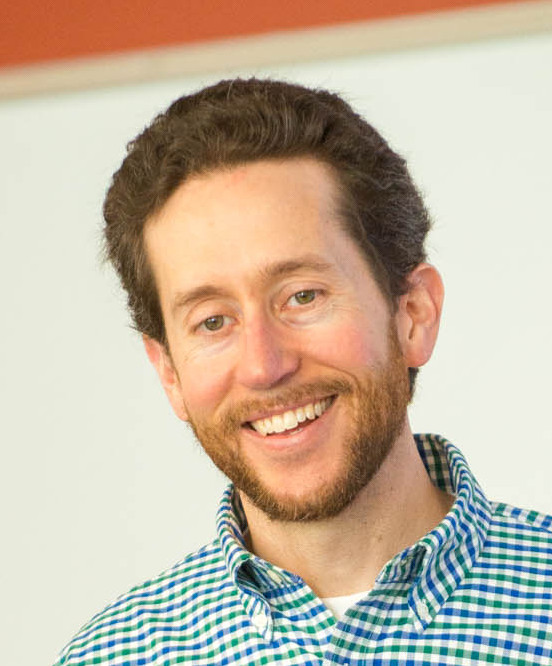The Vestiges of Creation in America's Pre-Darwinian Evolution Debates:
Interpreting Theology and the Natural Sciences in Three Academic Communities
By Ryan C. MacPherson
Ph.D. Dissertation, University of Notre Dame, 2003
Abstract:
Fifteen years before Charles Darwin published On the Origin of Species (1859), Americans already were preoccupied with a theory of naturalistic development presented in Robert Chambers’s anonymously published Vestiges of the Natural History of Creation (1844). This dissertation explores Americans’ reactions to Vestiges, first by developing a model for understanding historical relations between theology and the natural sciences, and then by applying that model in case-study analyses of three academic communities: Princeton, Harvard, and Yale. Extensive manuscript research reveals that faculty, students, and ministers associated with those institutions engaged in sustained discussions of Vestiges during the late 1840s and 1850s, and that theology informed their reactions to that work. Proposing a concept of “socially situated systematic theology,” this dissertation views theology—in the tradition of sociologists Max Weber and Robert Merton—as a rationalization of human culture that structures social practices, such as people’s participation in the natural sciences and their evaluation of a work like Vestiges. Drawing also from the insights of theologian Paul Tillich, this study further regards theology as an attempt to grapple with the existential question, “What must I do to be saved?”
This dissertation argues that distinctive answers to that salvation question among Presbyterians at Princeton, Unitarians at Harvard, and Congregationalists at Yale, profoundly shaped local responses to another question: “What must I do with Vestiges?” This is not to suggest a straightforward correlation between specific religious doctrines and the acceptance or else rejection of specific scientific claims. Rather, the communities’ distinctive answers to the salvation question must be understood as reflections of their existential “ultimate concern” that shaped, through a variety of means, the cultural context in which each community read Vestiges. This account challenges historical scholarship that has portrayed Princeton, Harvard, and Yale as sharing a common “American Protestant” pattern of science-religion engagements during the pre-Darwinian period. Suggestions are provided at the close of this study for applying the model of socially situated systematic theologies to the historical examination of other science-religion sagas, including the Darwinian revolution that later emerged from Americans’ preoccupation with Vestiges.
Recent Citations:
- Maura Jane Farrelly, “‘God Is the Author of Both’: Science, Religion, and the Intellectualization of American Methodism,” Church History 77, no. 3 (2008): 659-87, at 672n43.
- Michael L. Kamen, “The Science of the Bible in Nineteenth-Century America: From ‘Common Sense’ to Controversy, 1820-1900,” Ph.D. dissertation, University of Notre Dame, 2004, at 192n19 and 411.
Full Text Available:
- Bethany Lutheran Theological Seminary
- Martin Luther College
- Princeton Theological Seminary
- University of Notre Dame
- University Microfilms International

